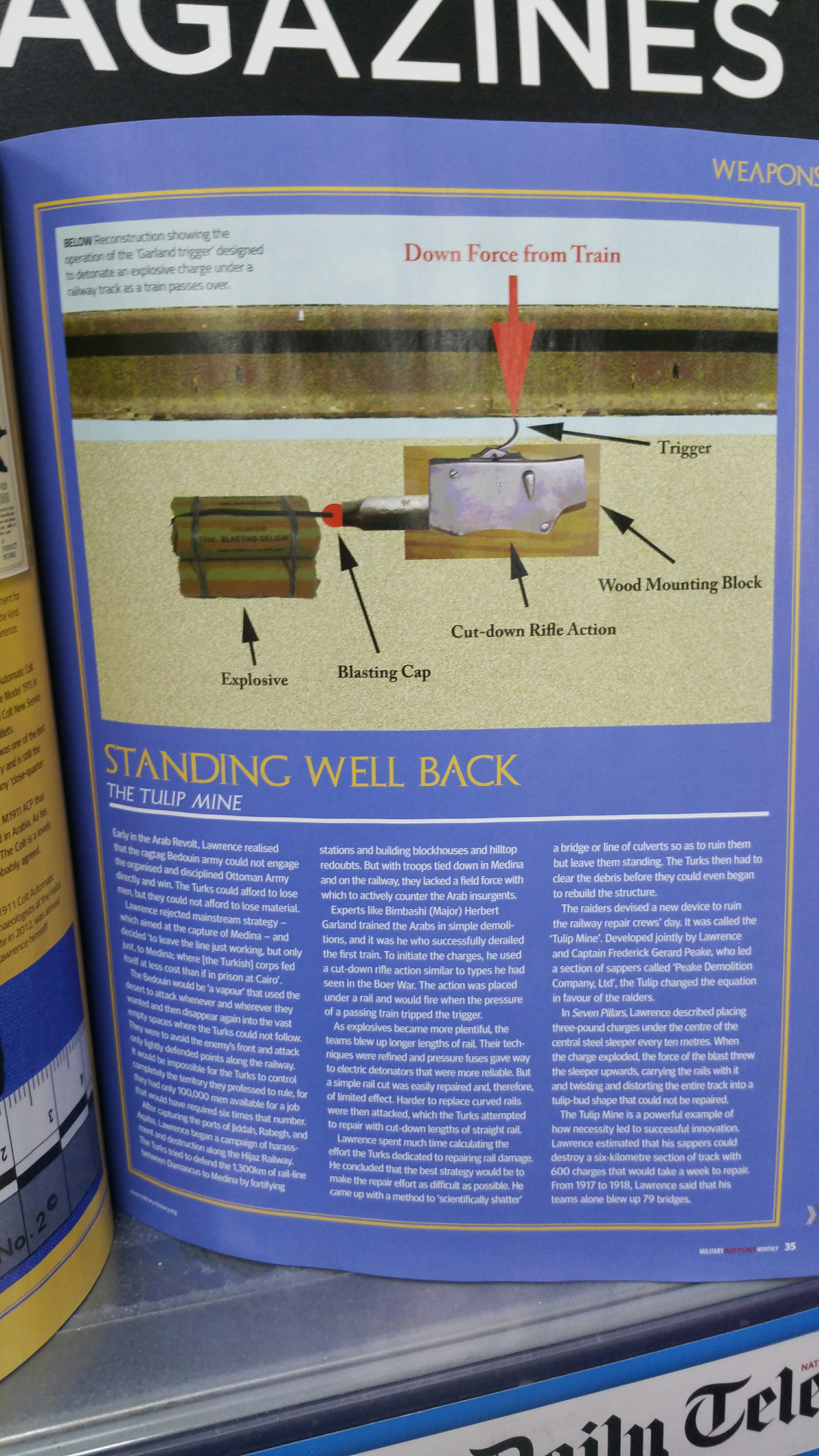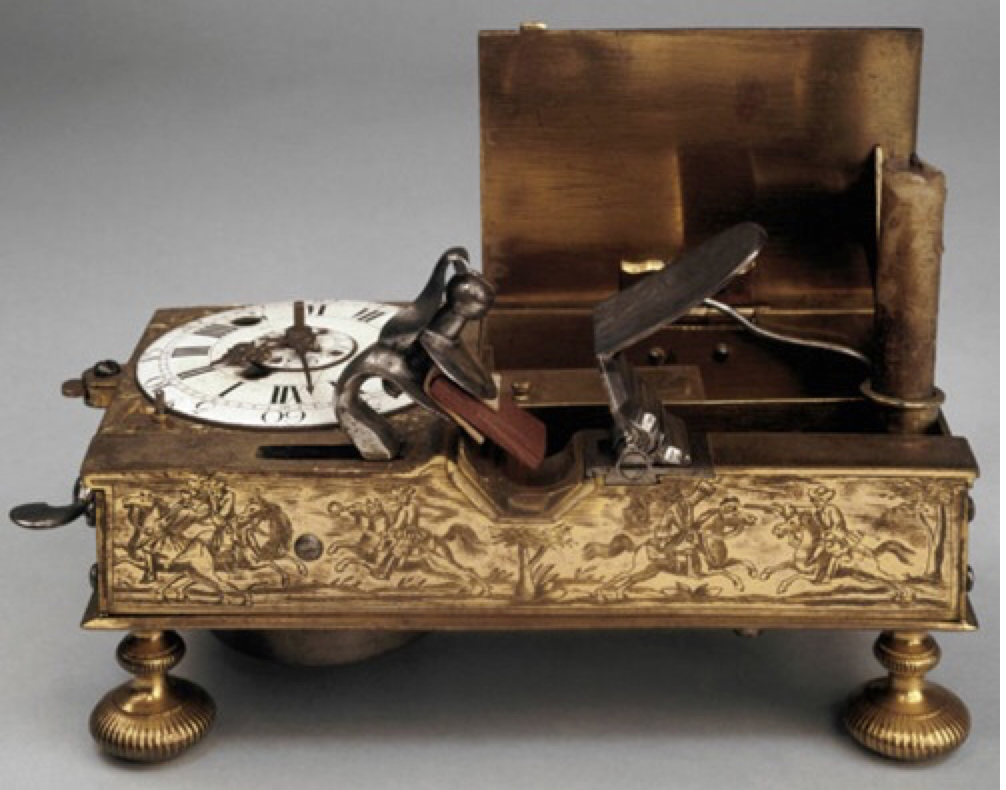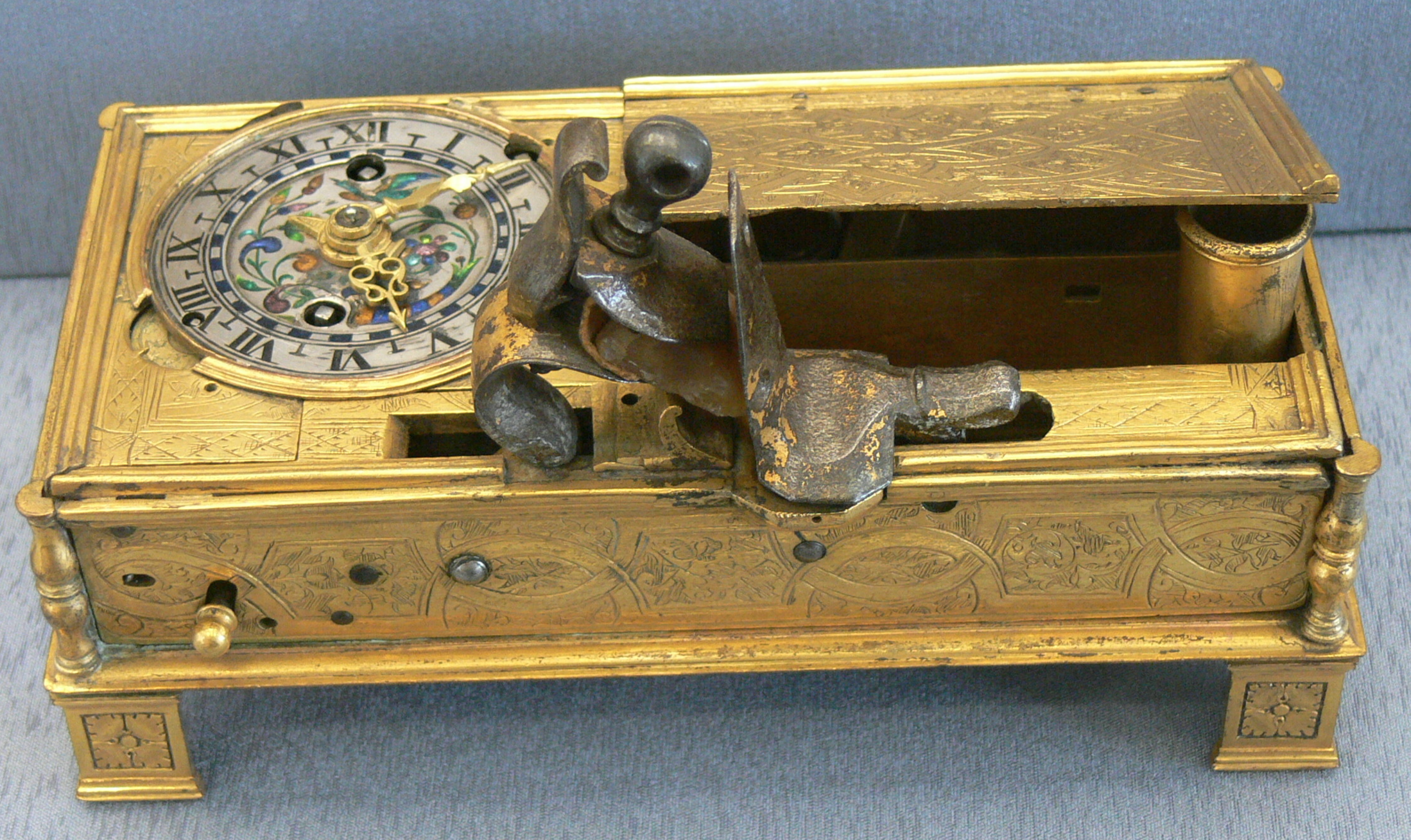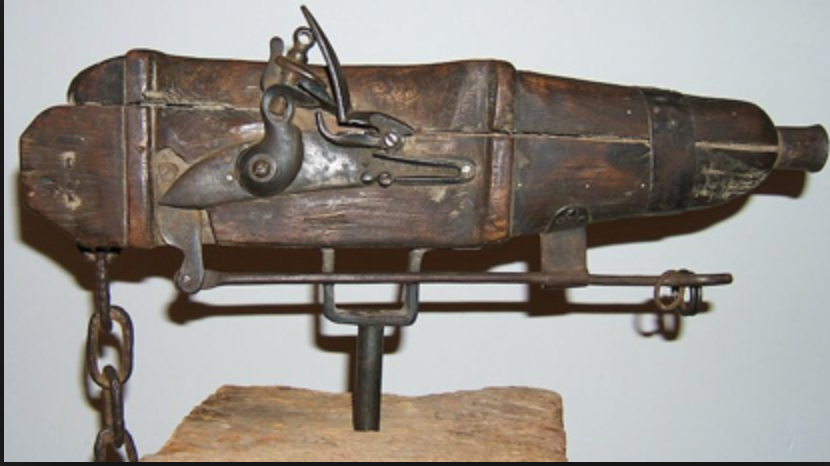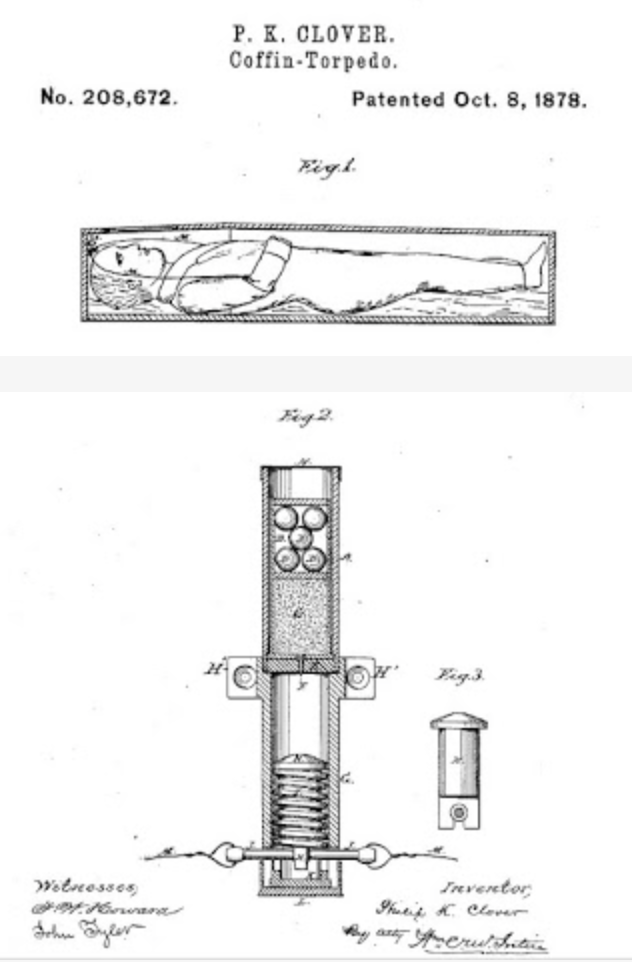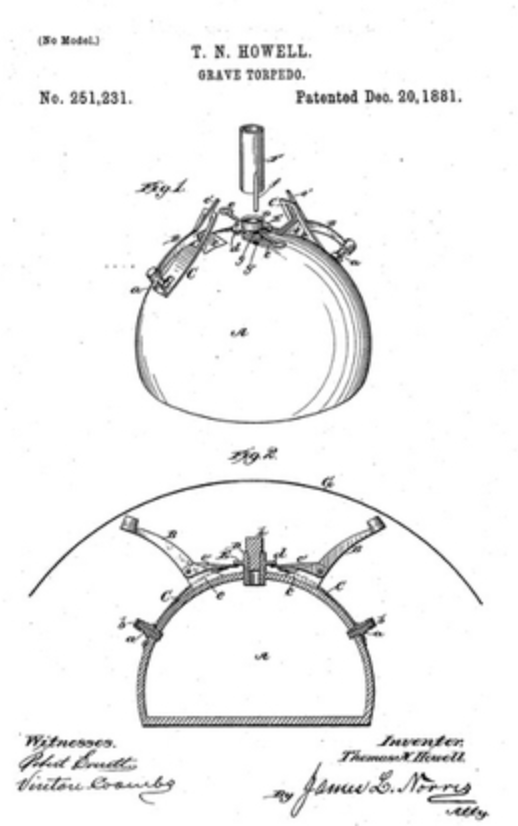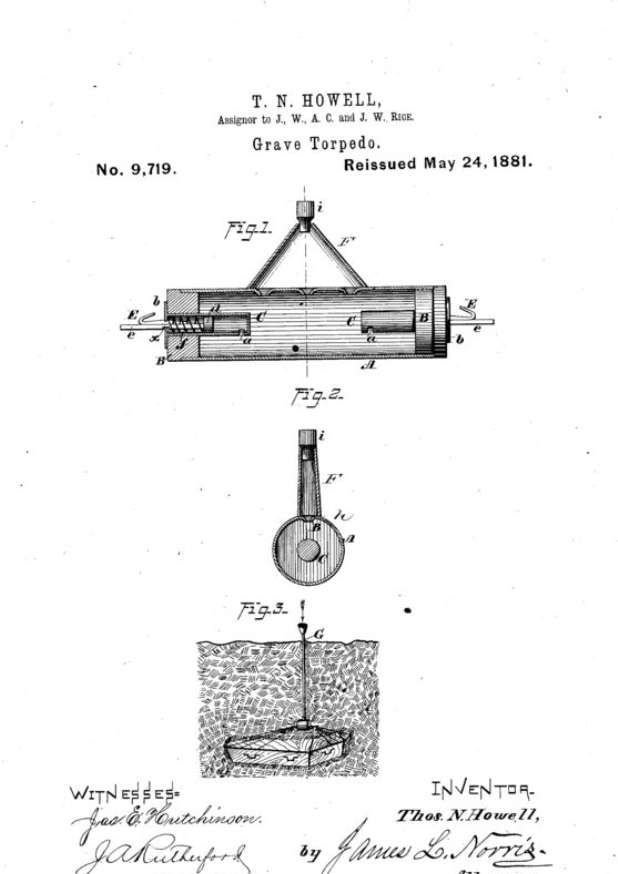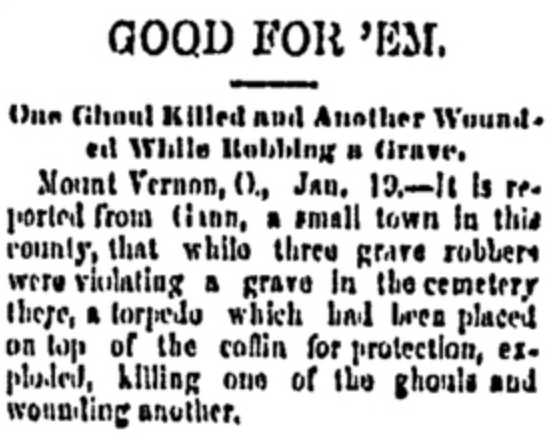Readers of this blog will know I have written on a number of occasions about the use of IEDs against railway lines. In one of the “threads” I have followed, I worked backwards from the use of such devices by Lawrence of Arabia in WW1, established that they had been developed and used in Arabia , by “Bimbashi” Garland, Lawrence’s explosive mentor, a former Ordnance Corps Laboratory technician, and traced the design of these devices back to the Boer War where they were used by Boer guerrillas led by Jack Hindon against the British. Devices under railway lines were also used by Russian Narodnaya Volya terrorists in 1879 and in many attacks since then. In digging around the provenance of the Boer devices I found a vague reference to the experience of a Boer who had fought in the Franco-Prussian War 30 years earlier, that the Boer’s utlised. Here’s a list of previous posts on the matter in the order I wrote them.
http://www.standingwellback.com/home/2012/5/15/bimbashi-garland.html
http://www.standingwellback.com/home/2012/6/6/garlands-first-ied-attack.html
http://www.standingwellback.com/home/2012/12/6/ied-triggers.html
http://www.standingwellback.com/home/2012/6/8/martini-henry-and-other-ied-initiation-systems.html
I have been digging around reports on the Franco-Prussian war for some time, hampered by my sadly limited language skills, looking for something that might indicate where the Boers had gained their experience of blowing up trains using a pressure switch activated by the weight of a train. At last I have found something that fits and it’s pretty interesting. In 1870 a young Royal Engineer officer, Lt Fraser, was observing the events of the Franco-Prussian war, a habit that many armies followed in the 19th century. Lt Fraser wrote a paper, published, in the Professional Papers of the Corps of Royal Engineers, Vol XX in 1872. The paper is entitled “Account of a Torpedo used for the Destruction of a Railway Train on the 26th of October, 1870.” As a reminder the word “torpedo” was used at the time to describe a much wider variety of explosive devices and munitions than is applied today.
Here is a brief extract from a third party source, as I await a hard copy of the publication in the post which I hope will contain more detail:
Learning that a Prussian troop train was to pass through Lanois (on the line between Reims and Mons) on October 26, 1870, they resolved to effect its destruction. How they operated is told by Lieutenant Fraser, R. E., who arrived on the spot shortly afterwards, and heard the story from some of the men engaged on the work.
Any obstruction placed on the line would have been seen. Hence a different course had to be adopted. Selecting a spot where the line ran along a 12-ft. high embankment, to which a well-wooded slope came down on one side, the franc tireurs took up a pair of rails, removed the sleepers, cut a deep trench across the line, laid some pieces of iron at the bottom of the trench, placed on the iron a box containing thirty kilos (2 qrs. 10 lbs.) of powder, and fixed into the lid of the box a French field shell in such a way that, when the rail was replaced over the box, the head of the fuse would be just below the lower flange of the rail. In restoring the line again in order that there should be nothing to attract attention, the franc tireurs omitted one sleeper so that the weight of the locomotive should in passing press the rail down on to the head of the fuse. The party—some seventy-five strong—then withdrew to the shelter of the woods to await developments.
In due time the train of forty coaches approached at the ordinary speed, the driver not suspecting any danger. When the engine reached the spot where the “torpedo” had been placed, an explosion occurred which tore up a mass of earth, rails and sleepers, threw the engine and several carriages down the embankment, and wrecked the train. Those of the Prussian troops who got clear from the wreckage were shot down by the franc tireurs under the protection of their cover. The number of the enemy thus disposed of was said to be about 400.
I think there is a clear link to the device I report in the my previous blogs about the depressing rail activating a pressure sensitive switch albeit in this case an artillery fuse, and not the trigger of a rifle breech as seen in the Boer War and used by Garland and Lawrence in Arabia. The device too has a link to the earlier pressure sensitive devices, using artillery shells with contact fuses adapted to initiate on pressure used by General Raines in the American civil war in 1862.

